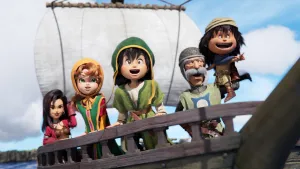
Death Stranding 2: On The Beach Review
Kojima Productions has proven it is good at sequels. Metal Gear Solid 2: Sons of Liberty was an incredibly impactful game that remains my favorite from director Hideo Kojima and his team. As a result, I went into Death Stranding 2: On the Beach with high expectations. Continuing the story in this fascinating world while iterating on the delivery mechanics of the first game seemed like an inevitable recipe for success. Mechanically, the sequel is absolutely an upgrade over the first. Improved tools and better options make exploring and connecting Australia and Mexico more fun, despite some frustrations persisting. The narrative, however, is where I was sometimes left cold.
Death Stranding 2 picks up shortly after the events of the first game, with protagonist Sam living in self-imposed isolation while he raises his child without the influence or demands of the government. Being a stay-at-home dad doesn’t suit him for long, though, and he is quickly pulled back into the porter life. I won’t go into detail about what happens, but the story picks up quickly, planting many narrative seeds primarily focused on the new cast of characters and their history in the world.
Kojima Productions has set a high bar of unexpected twists and revelations throughout its gameography. Death Stranding 2 delivers plenty of twists, especially during its final hours, when I was most engaged in the story, but save for a few moments, I was rarely surprised and often left wanting more. Mostly, I stared ahead stone-faced while characters explained everything with detailed monologues at varying degrees of performance quality. Some effortlessly demanded my full attention, but the underwhelming performances felt like bored teachers giving the same lecture for the third time that day. Also, to be blunt, despite admiring the performance, I didn’t find Higgs to be a compelling villain in the first game, and I am disappointed he survived into the sequel.
I am a proponent of what I lovingly refer to as “Hideo Kojima bulls---". I am always eager for the cart to go off the rails, but the thing I have always admired about previous Kojima Production games is their ability to, for better and sometimes worse, fully justify the narrative insanity in which you’re participating. There are at least a few instances in Death Stranding 2 that simply felt weird for the sake of being weird, as though a quota of odd moments needed to be met. These instances felt forced, but thankfully, some bizarre moments meet the target of being ridiculous with explanation.
For all my complaints about not feeling strongly about the narrative or not enjoying some of its strangest moments, I was still far more engaged in the story than the average video game narrative. Even with its shortcomings, it is a story I will continue to think about for some time, and I am eager to see and participate in discussions about its larger meanings, as well as the parts I didn’t enjoy.
The narrative ultimately makes up a small but important part of the larger game. Between cutscenes, you must continue your mission of uniting the world by making deliveries. Sometimes, it’s delivering pizza to a scientist, VTuber, while other times, it is life-saving medical equipment for a collective of pregnant women. Each delivery is treated with the same importance, and the tools to do so are greatly expanded. Alongside nearly every tool from the first game, there is a whole new suite of unlockable options, like monorails that make deliveries fun and weird. I also much prefer the layout of Australia (where the majority of the game takes place) to Death Stranding’s United Cities of America. The environment is more varied and generally more amenable to porters like me who prefer driving a three-wheeled motorcycle over hoofing it on foot.
Death Stranding 2 can be frustrating, though. The common video game complaint of just doing fetch quests is undeniably the core design of Death Stranding and its sequel, and sometimes it feels like that is exactly what it is. It can be exhausting to ferry boxes back and forth, and getting stuck in the middle of nowhere without the ability to charge your battery just feels bad. Getting interrupted to randomly fight a tar-covered boss on the way to complete a simple delivery can also be rough because it ruins your pacing. Thankfully, compared to the first game, these instances are much less frequent and more fun to complete thanks to vastly improved gunplay. It can still hurt, though, when you just need to get over that hill to drop off a package and take a shower. Alternatively, it can also feel triumphant to finally make it to your destination just as your shoes are about to wear down and the batteries on your robotic legs are knocking on death’s door.
Death Stranding 2 is a game with faults and annoyances, but it also makes big, expensive swings and is trying to establish its own unique genre, often successfully. I’ll happily take the misses alongside the hits. The world is bizarre and beautiful and impressively thought out, from the overall design of the world down to the UI of its fictional phones. What keeps me coming back the most, though, and the reason I will continue to make deliveries after publishing this review, is Death Stranding 2’s boundless sincerity. The cast is fighting for connection and the future, and I am rooting for them, even when I think they’re being a little weird.
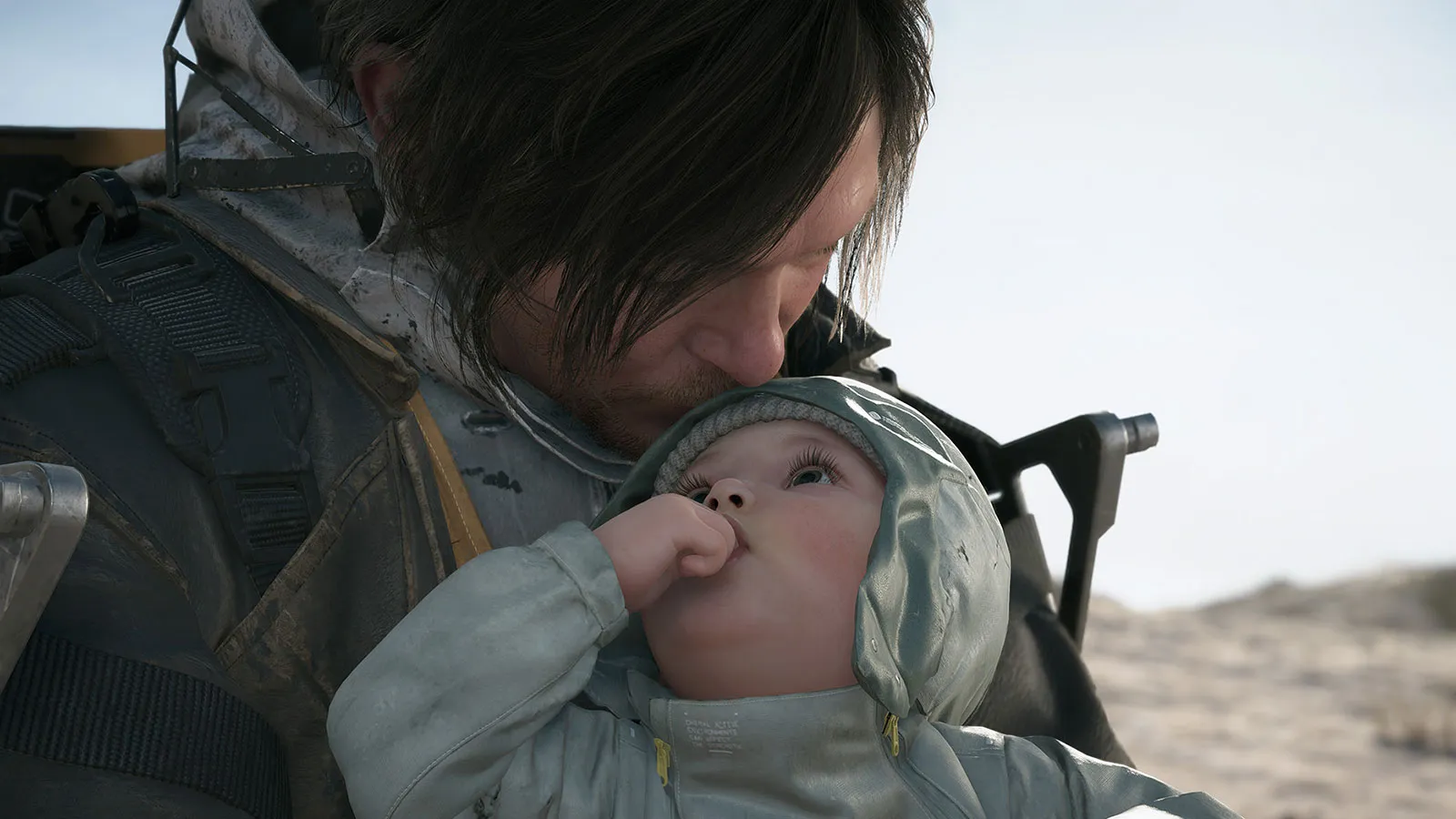
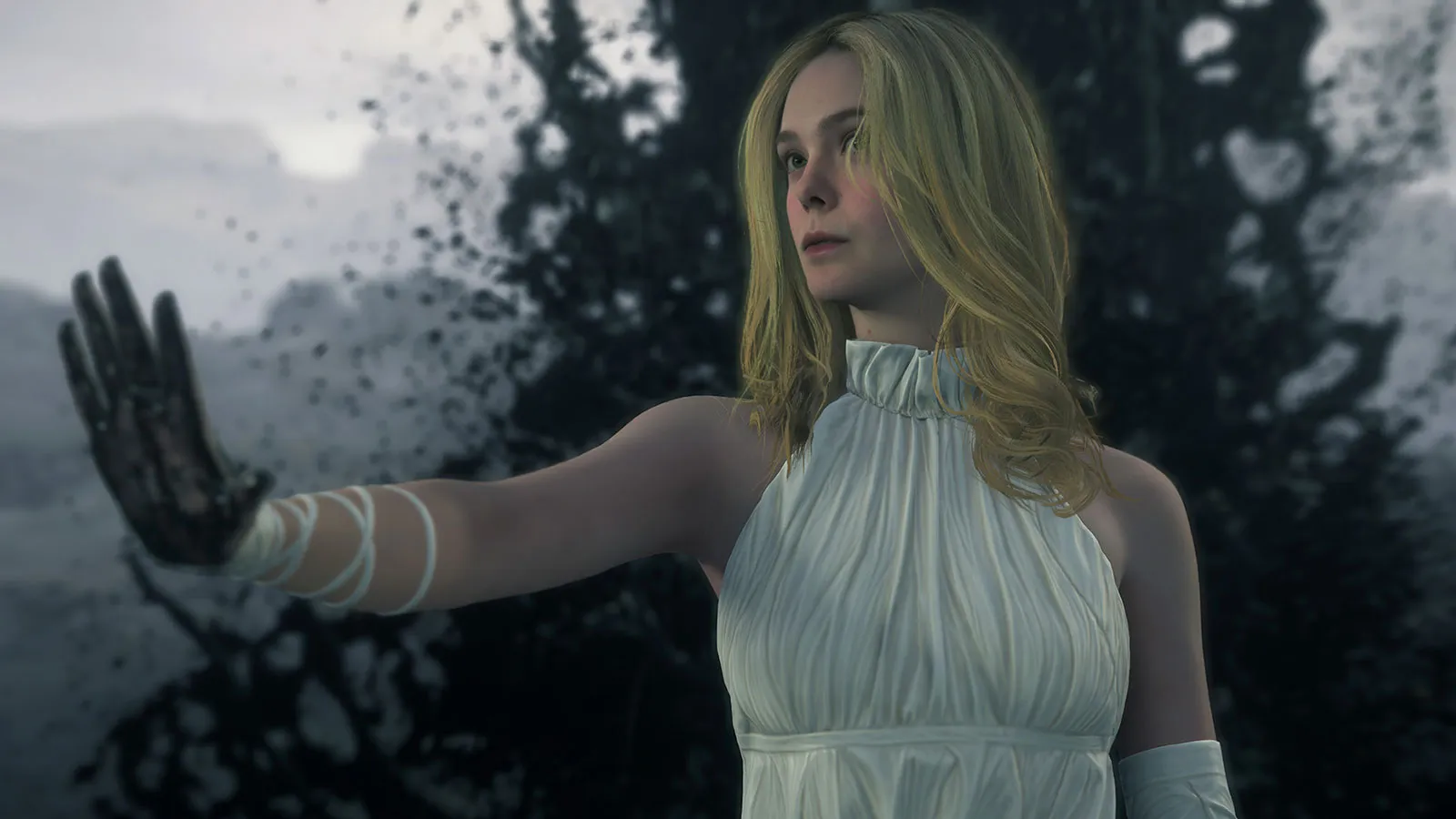
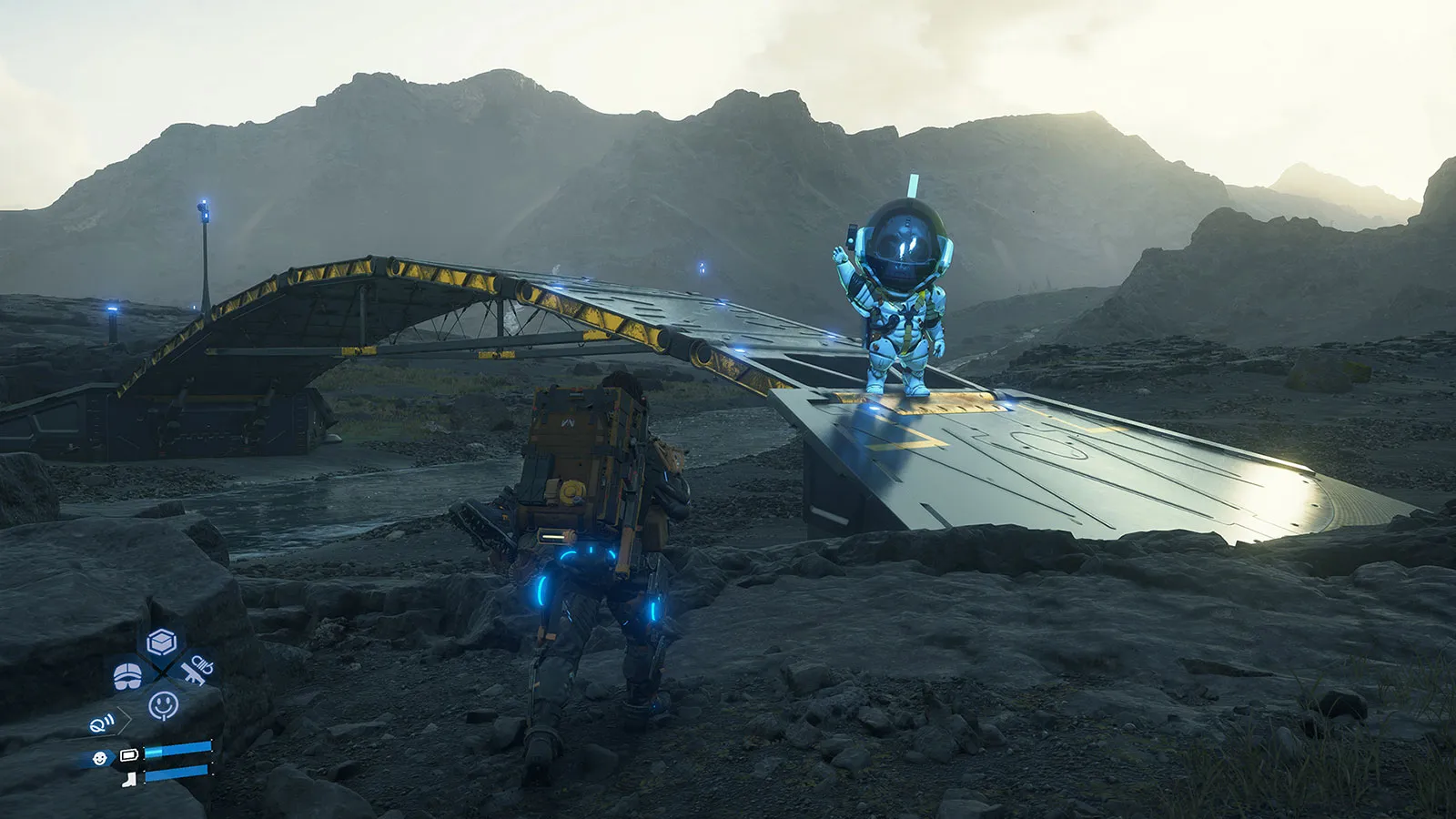
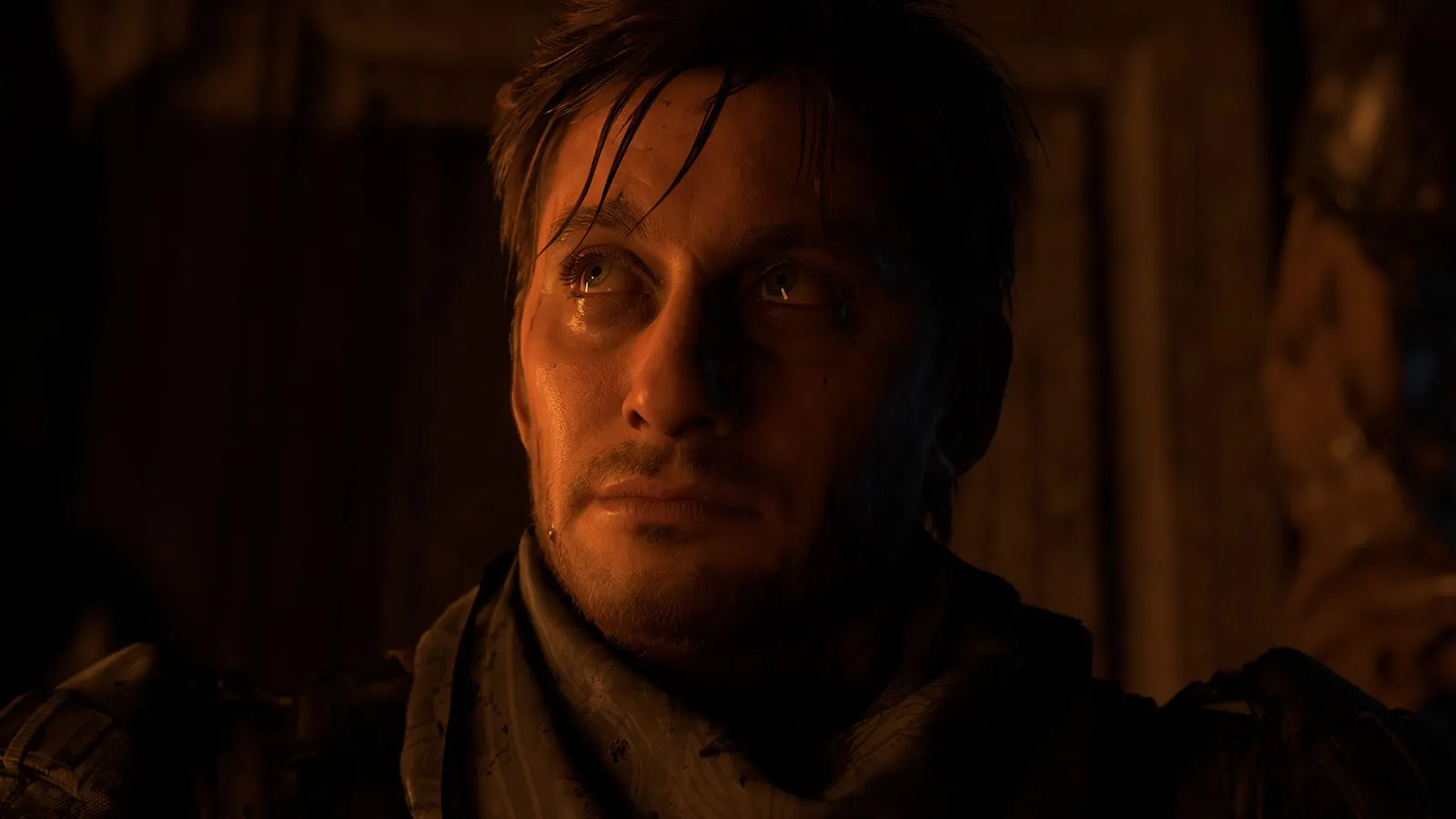
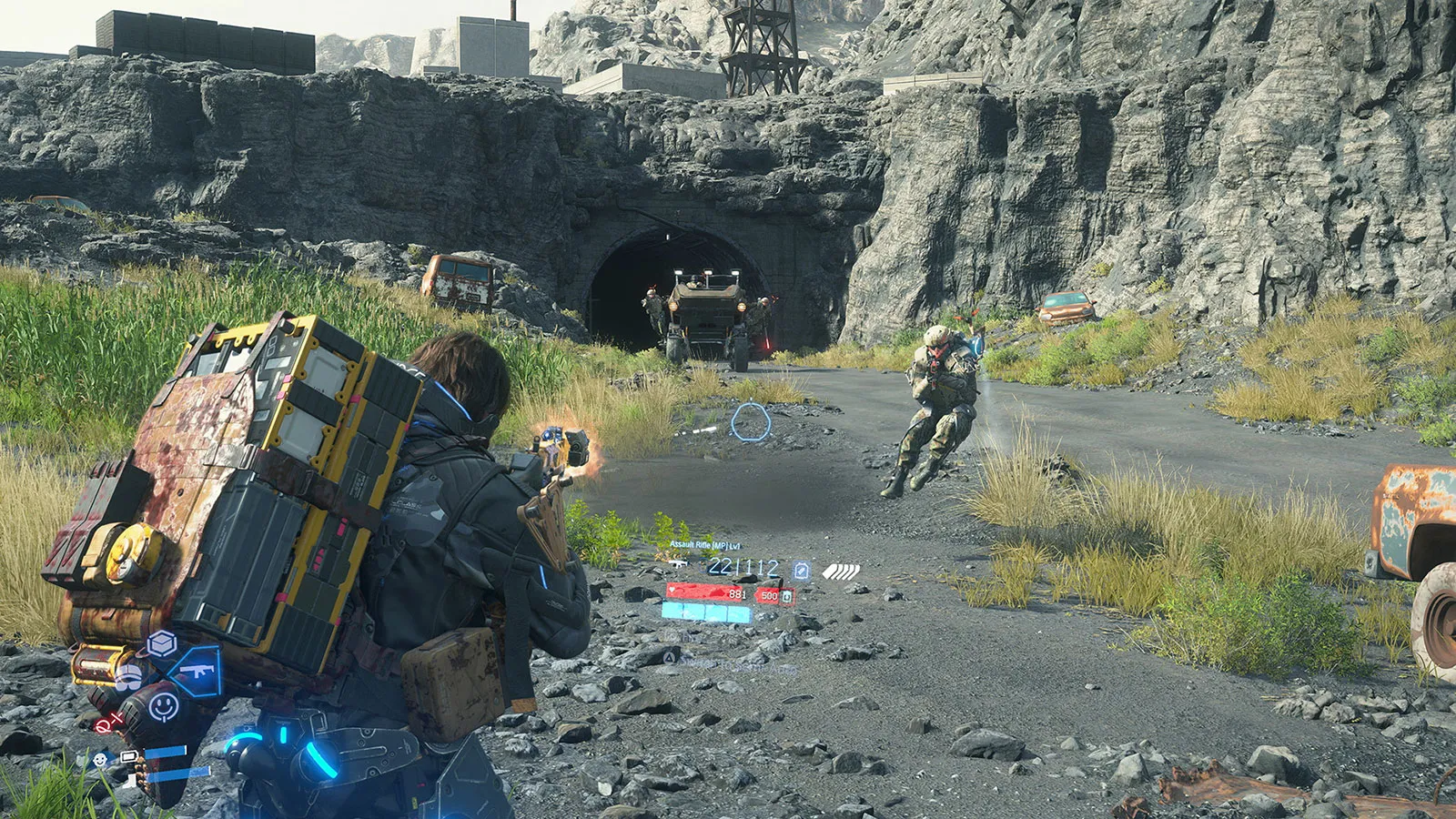
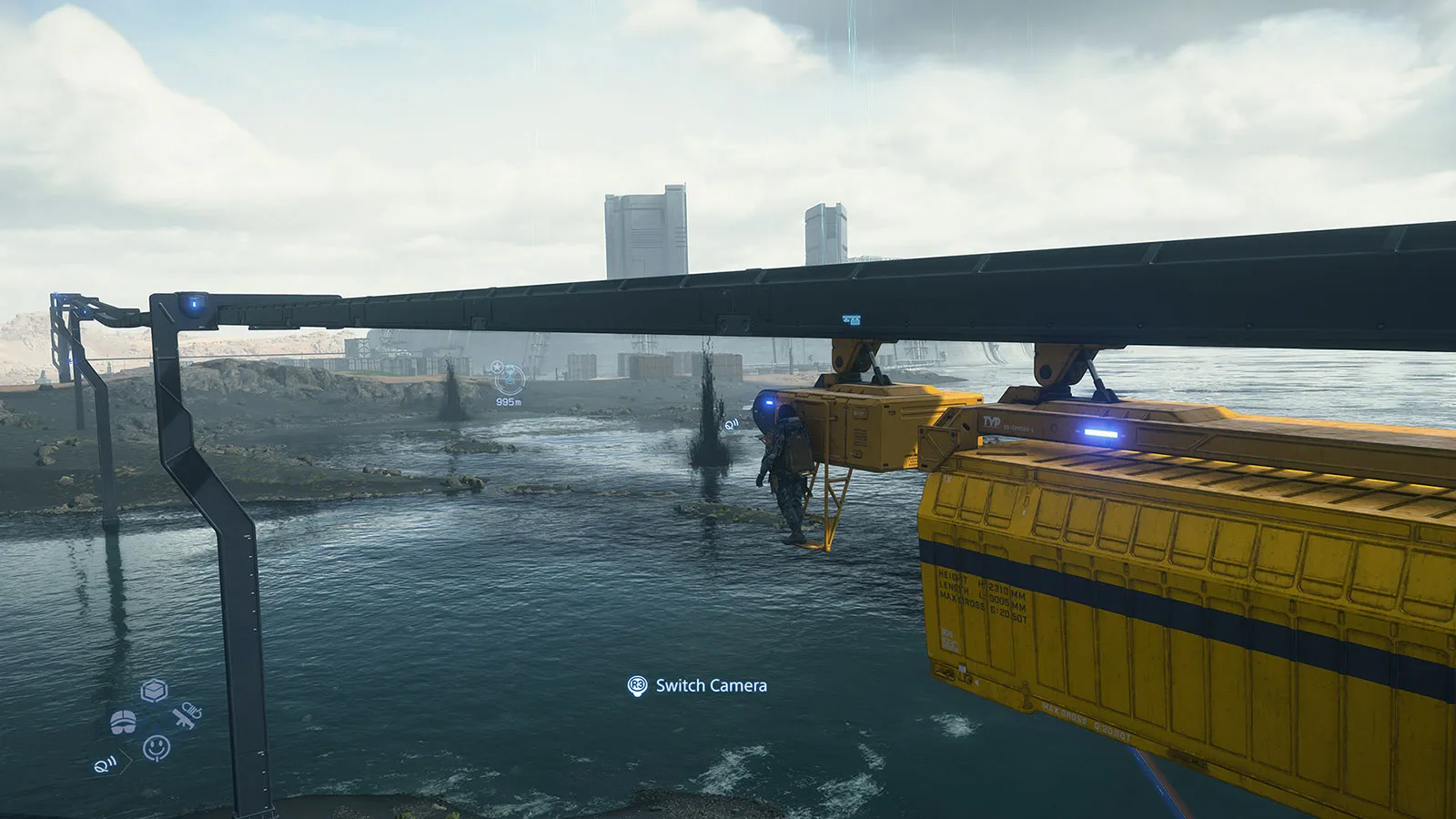
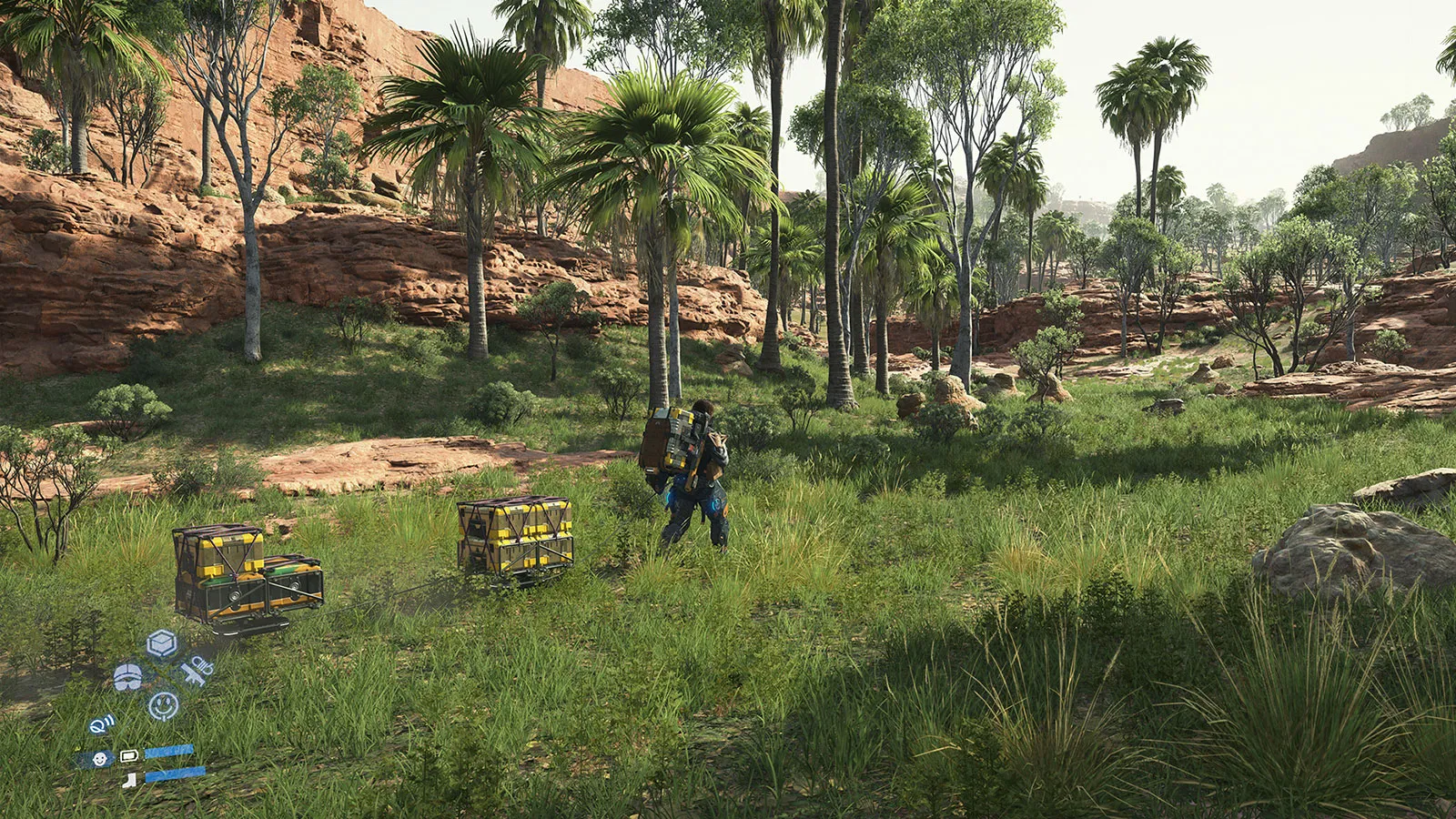
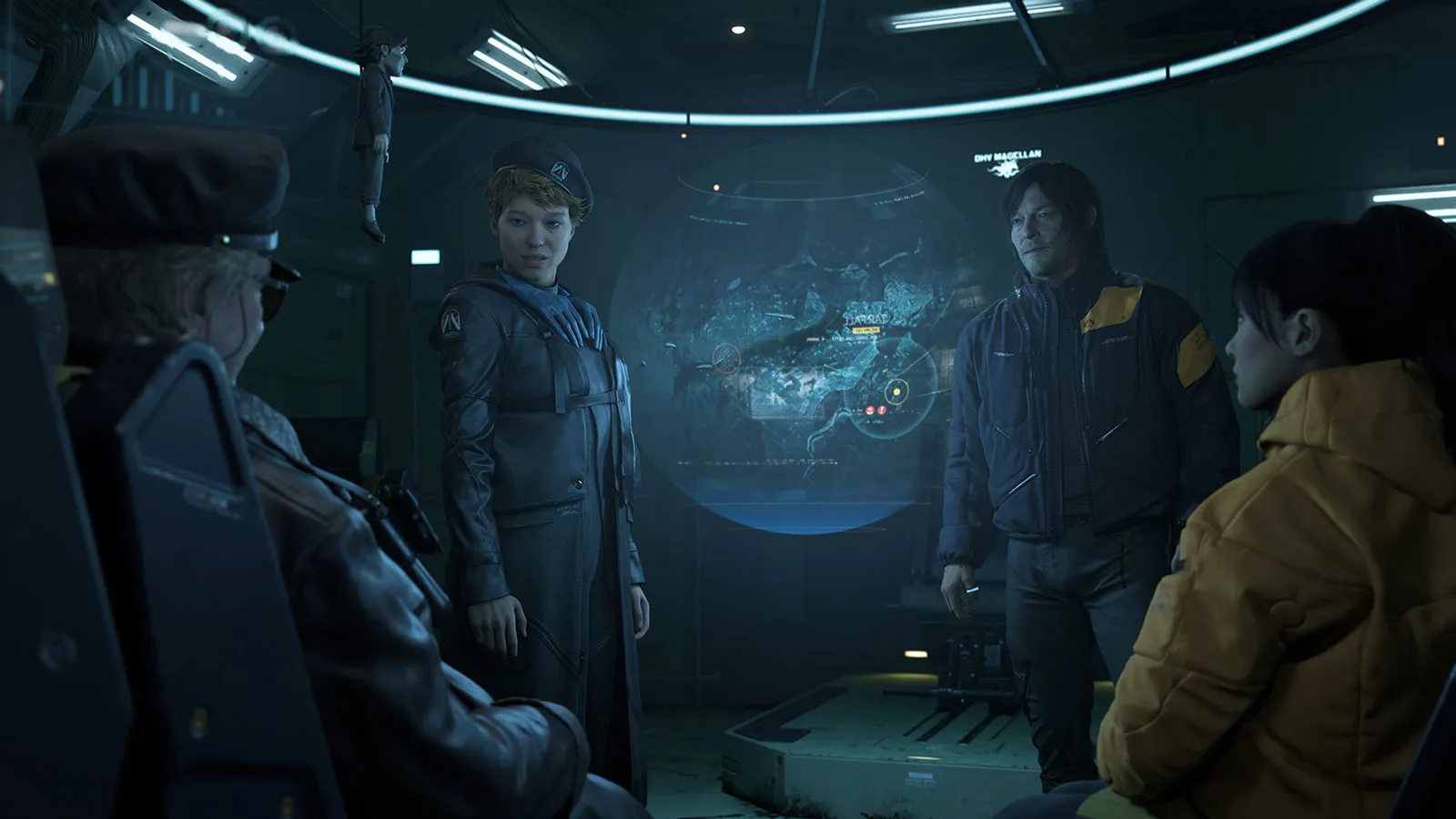

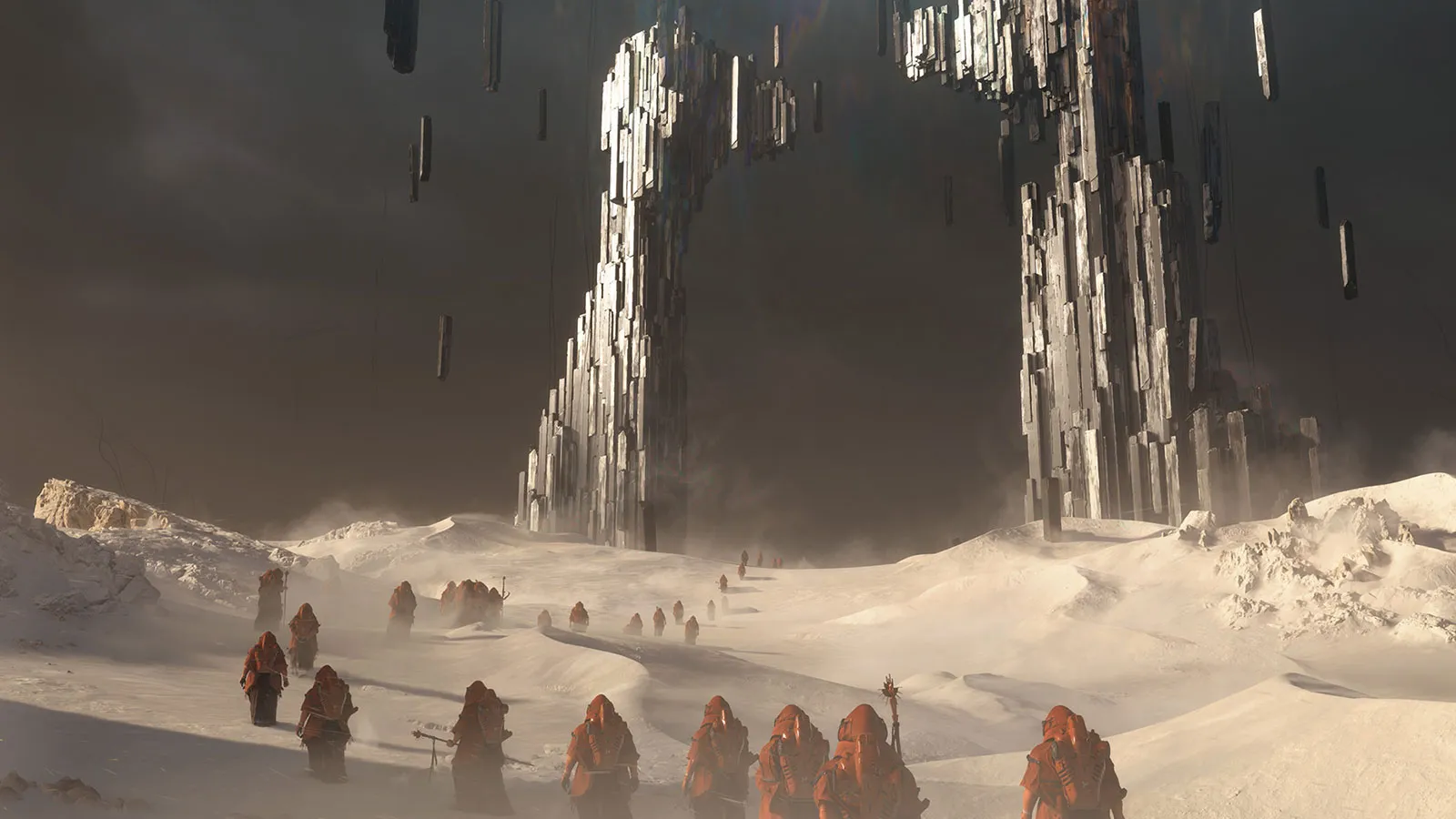


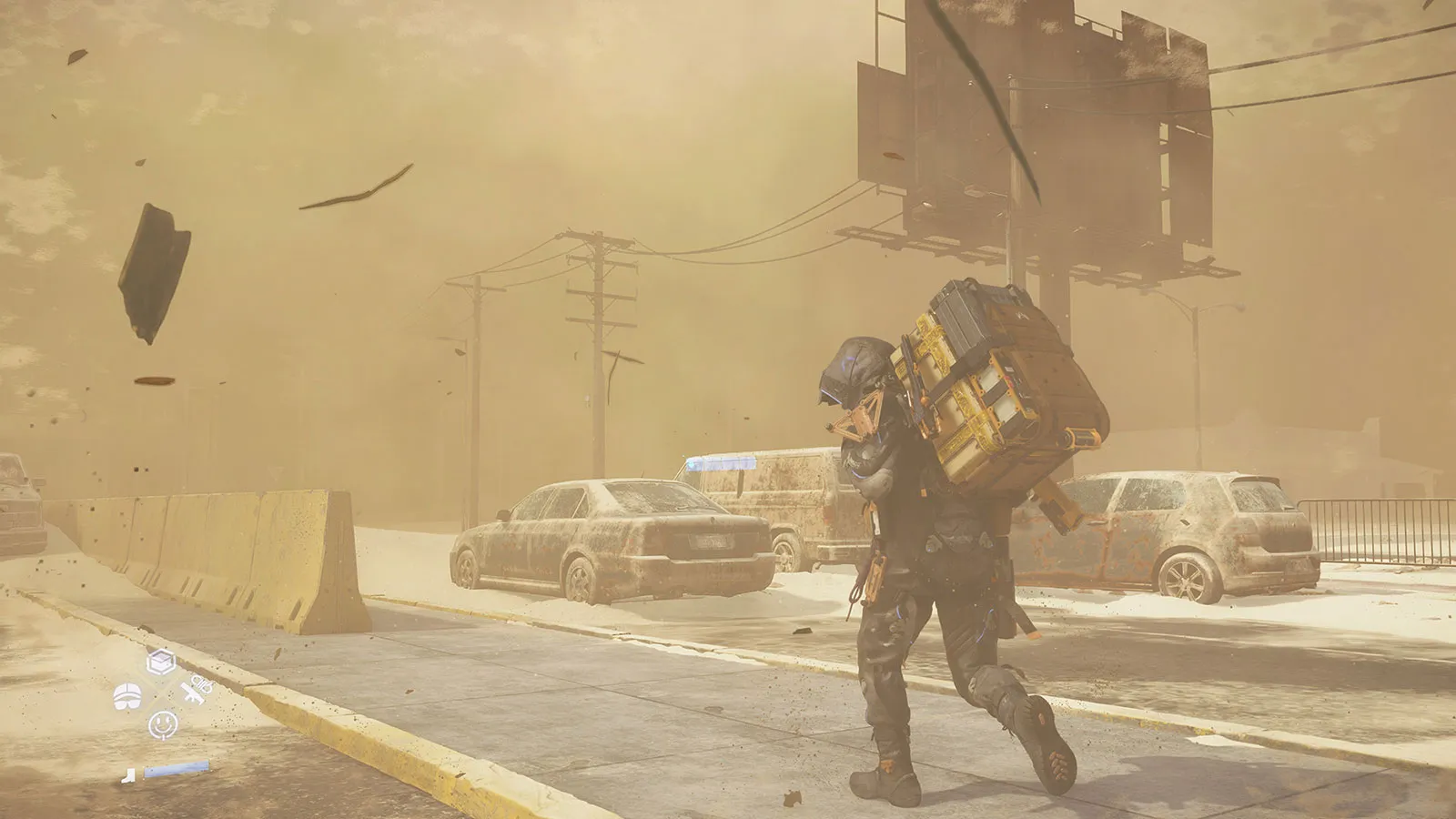
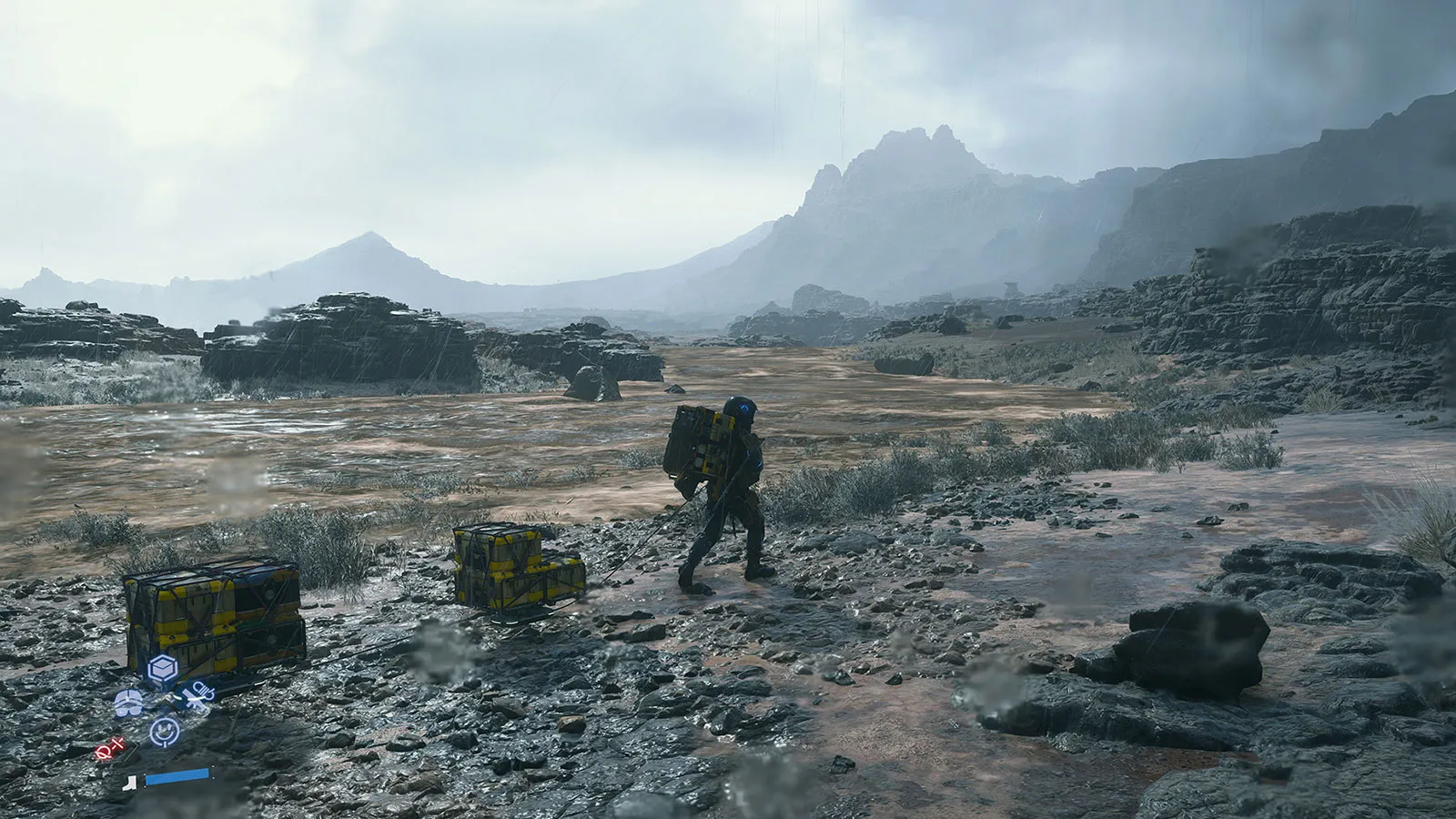
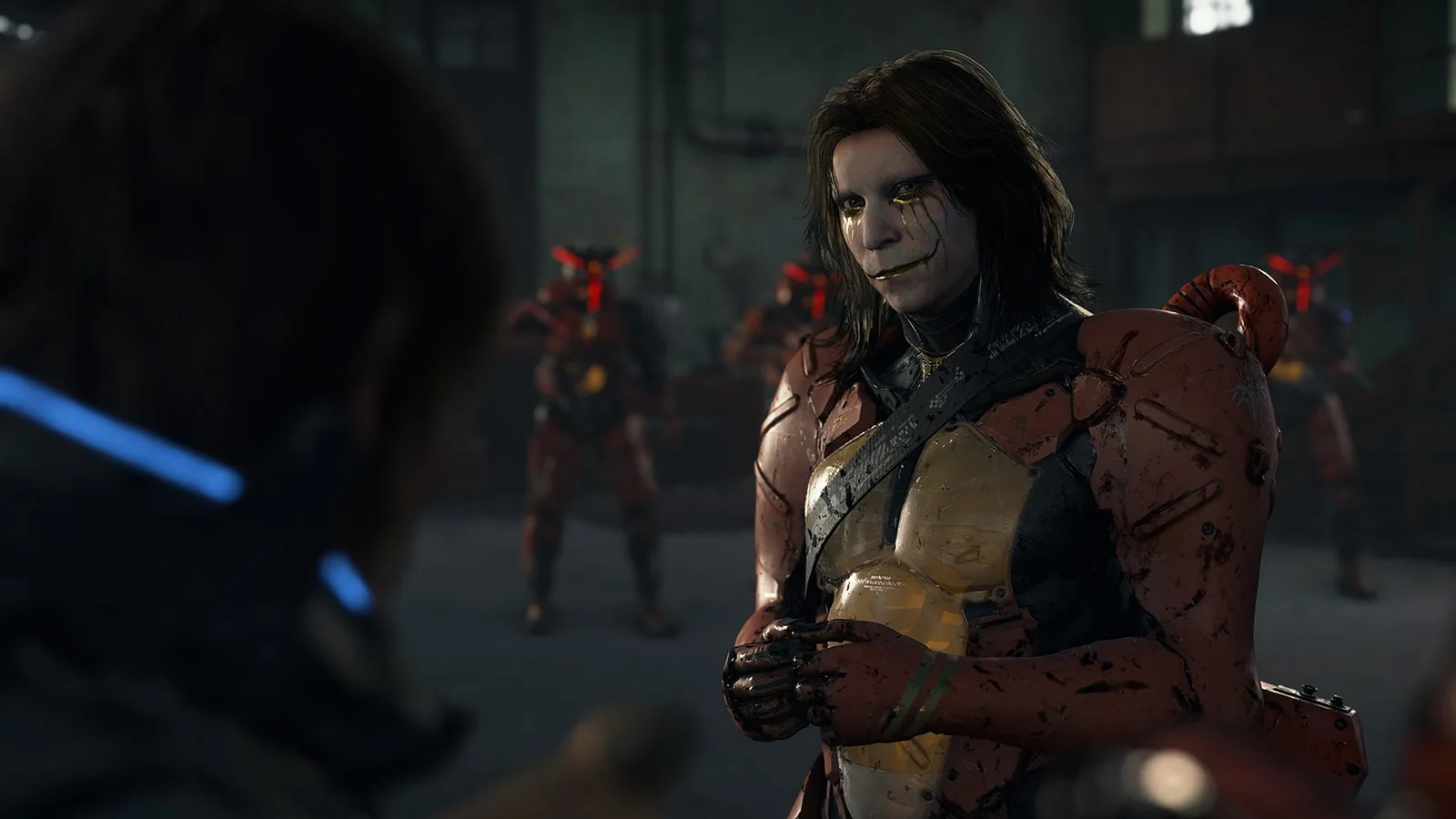
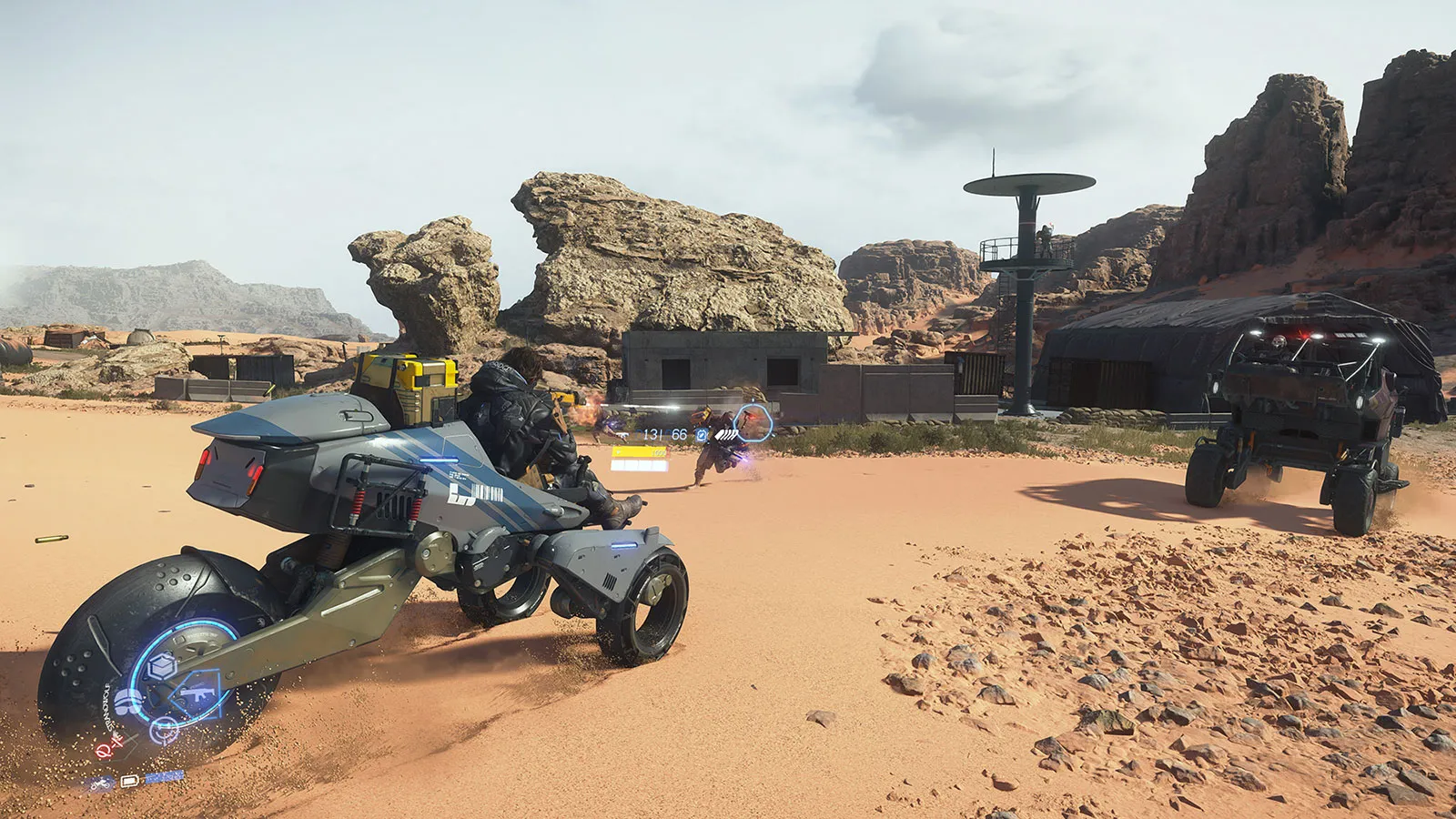
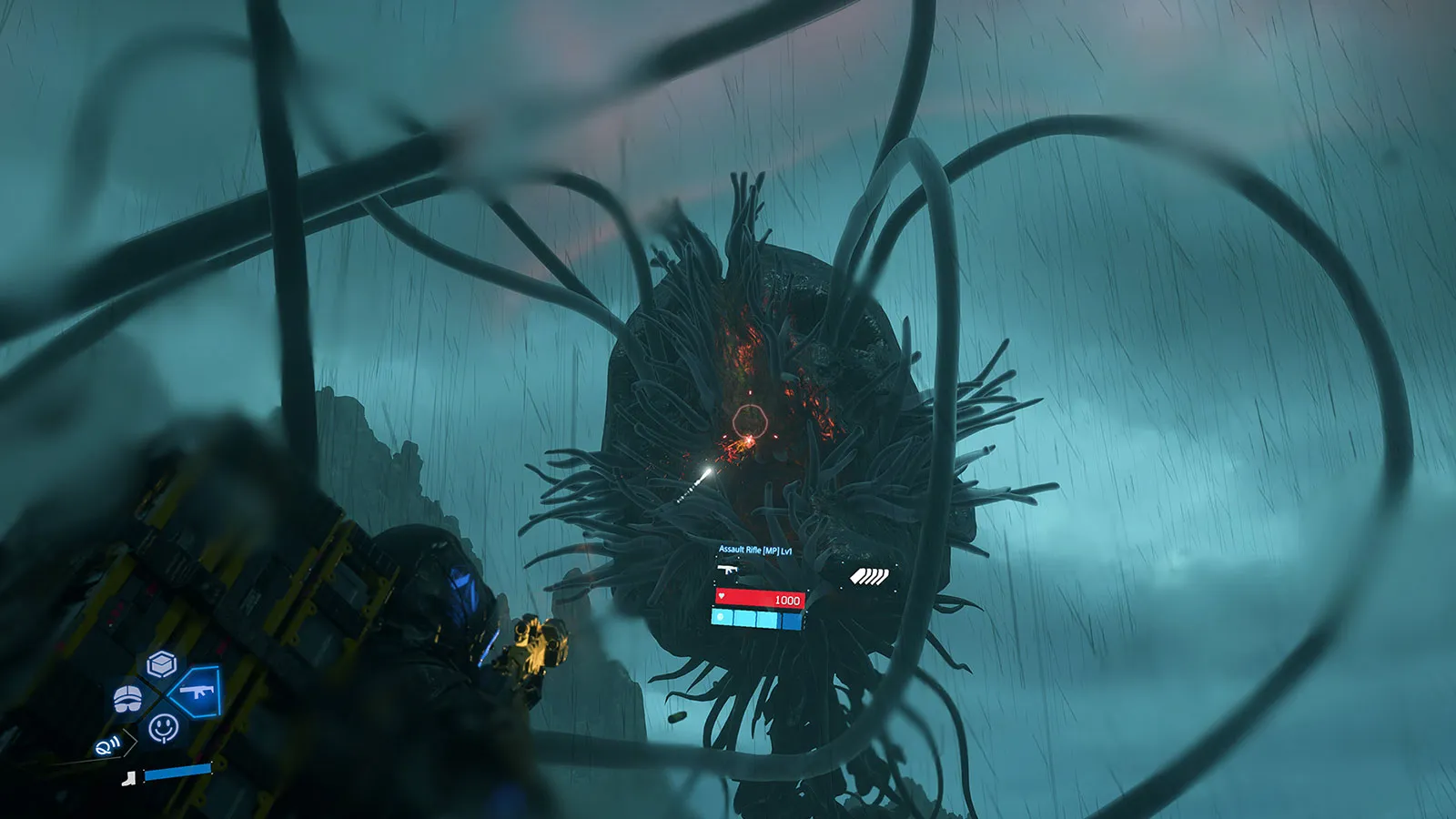
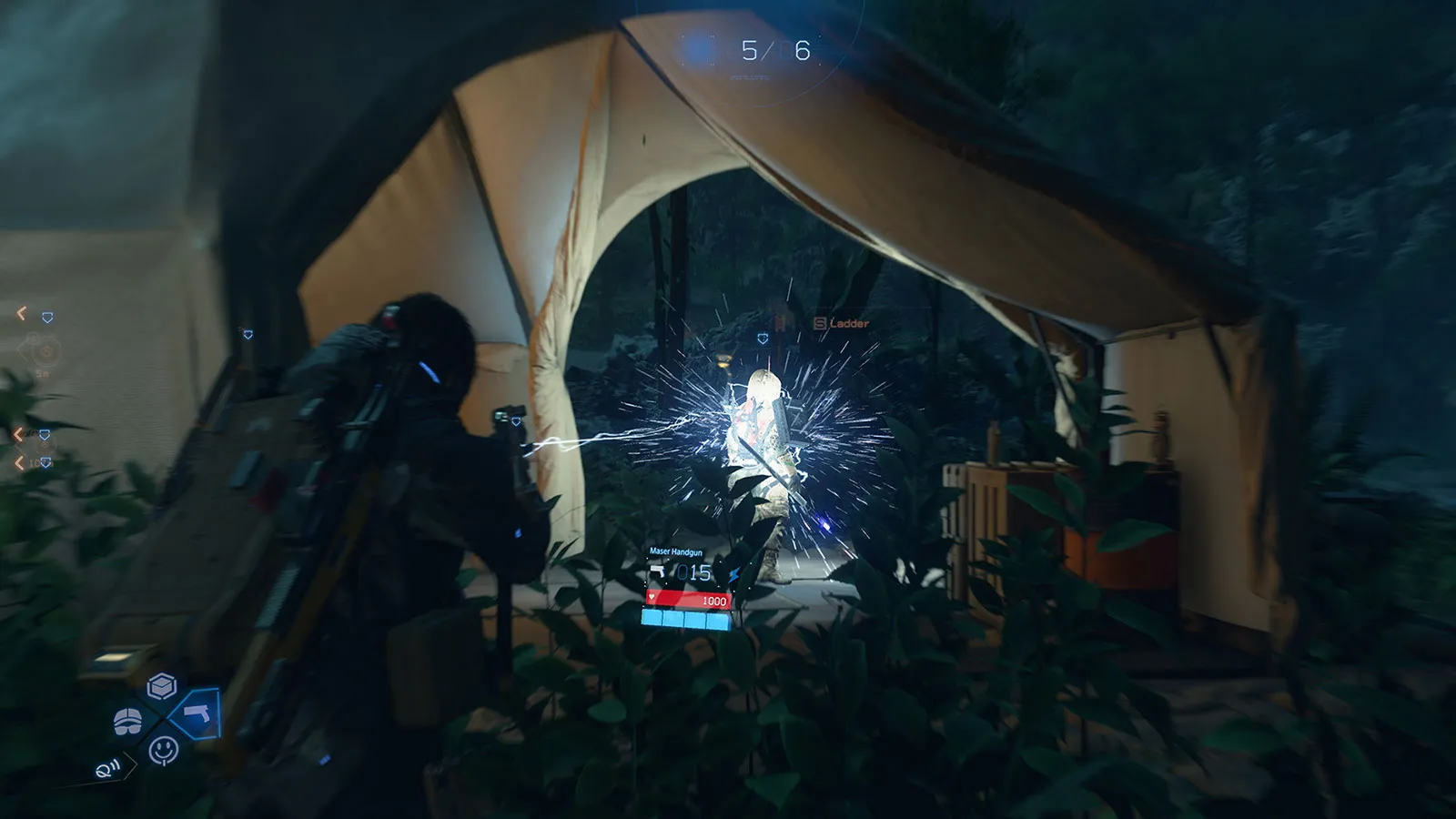
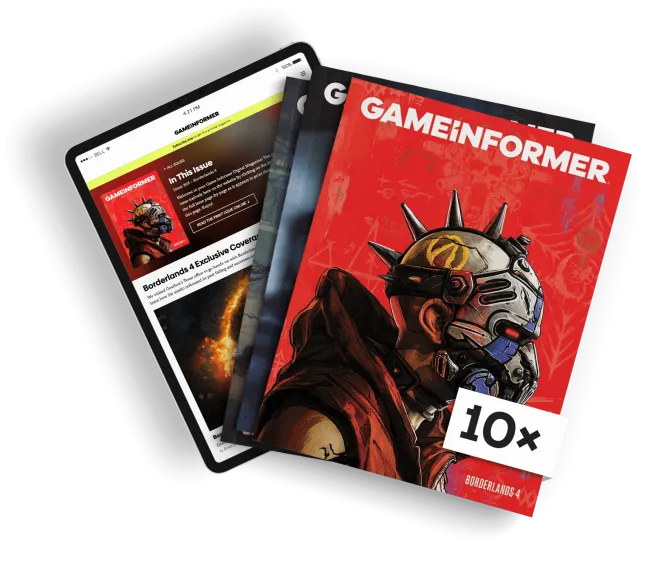
Get the Game Informer Print Edition!
Explore your favorite games in premium print format, delivered to your door.
- 10 issues per year
- Only $4.80 per issue
- Full digital magazine archive access
- Since 1991


